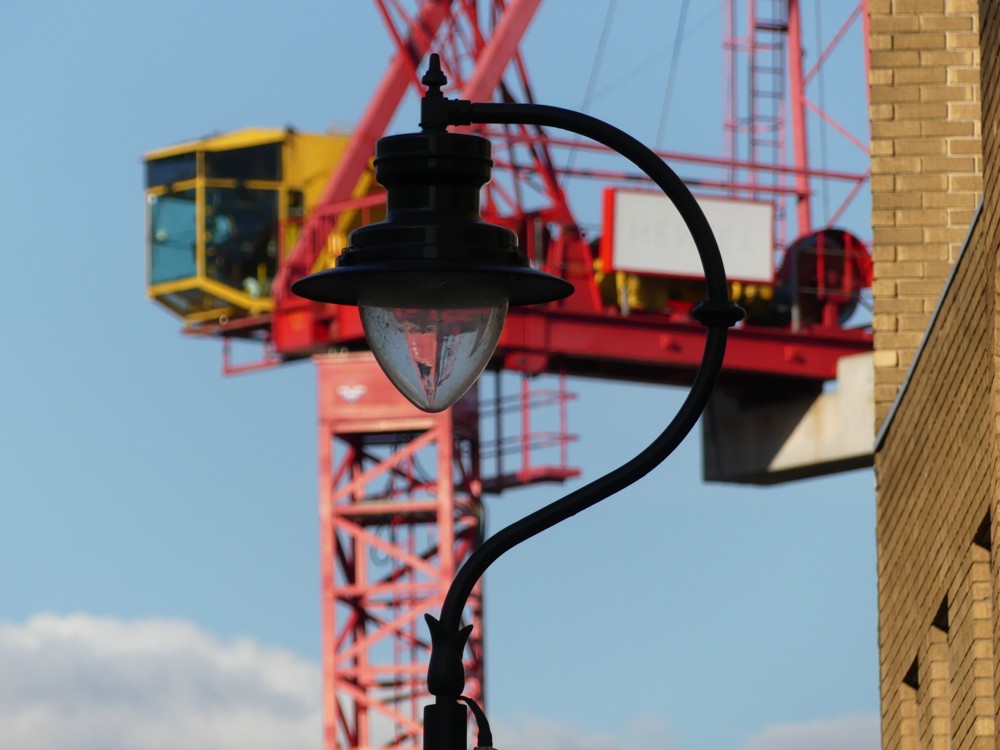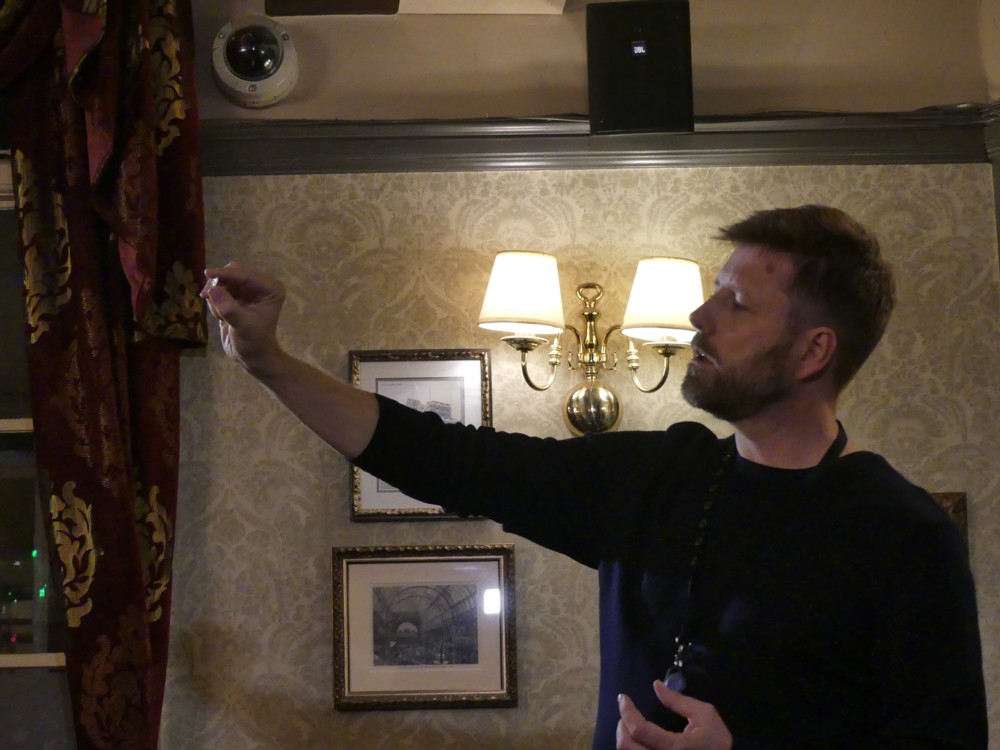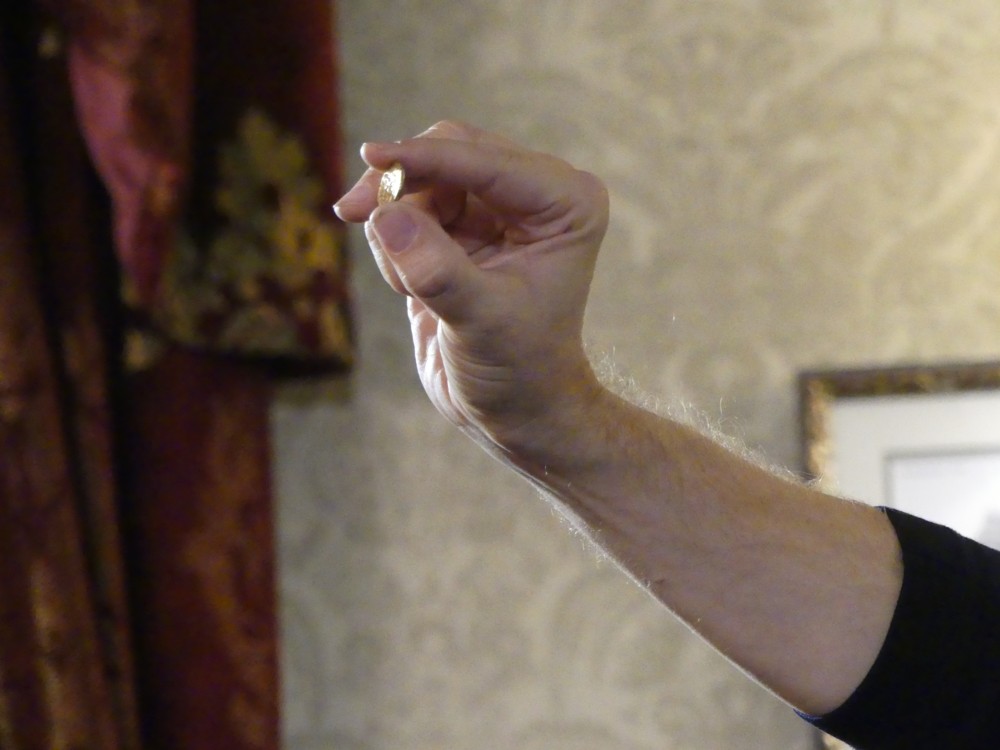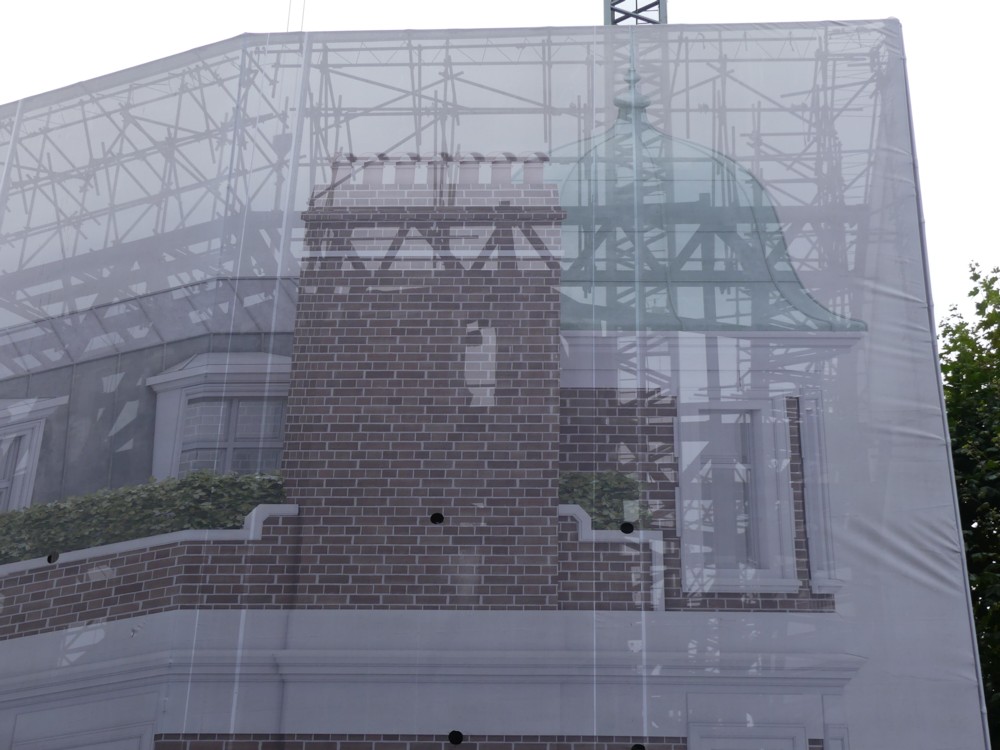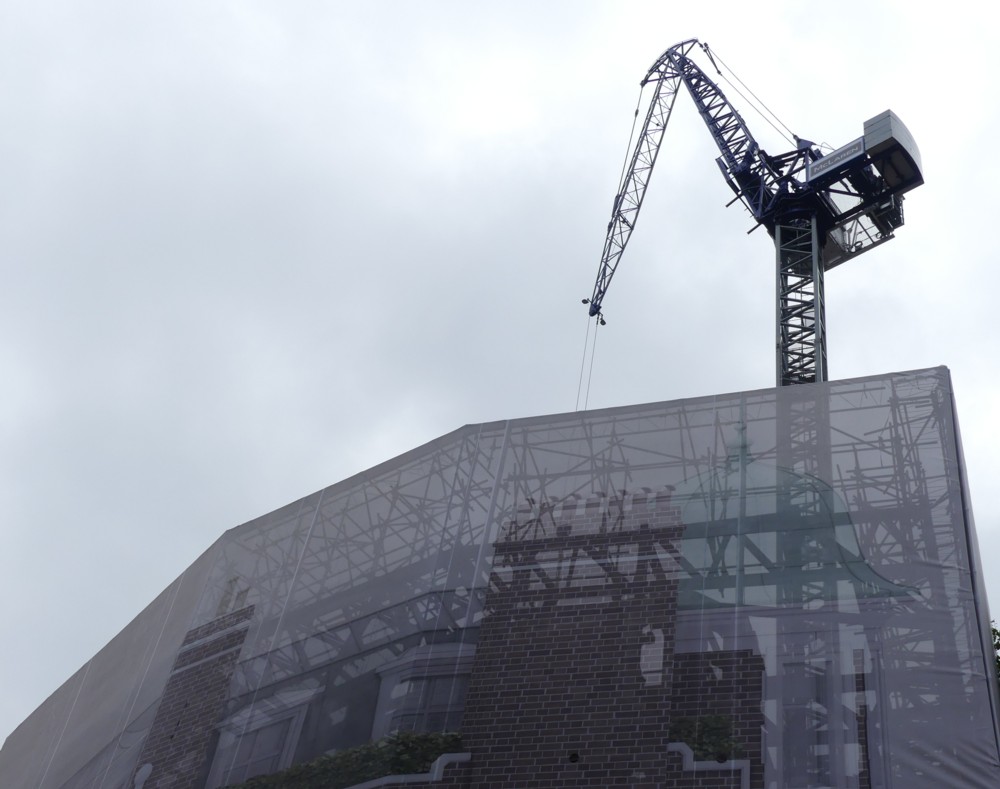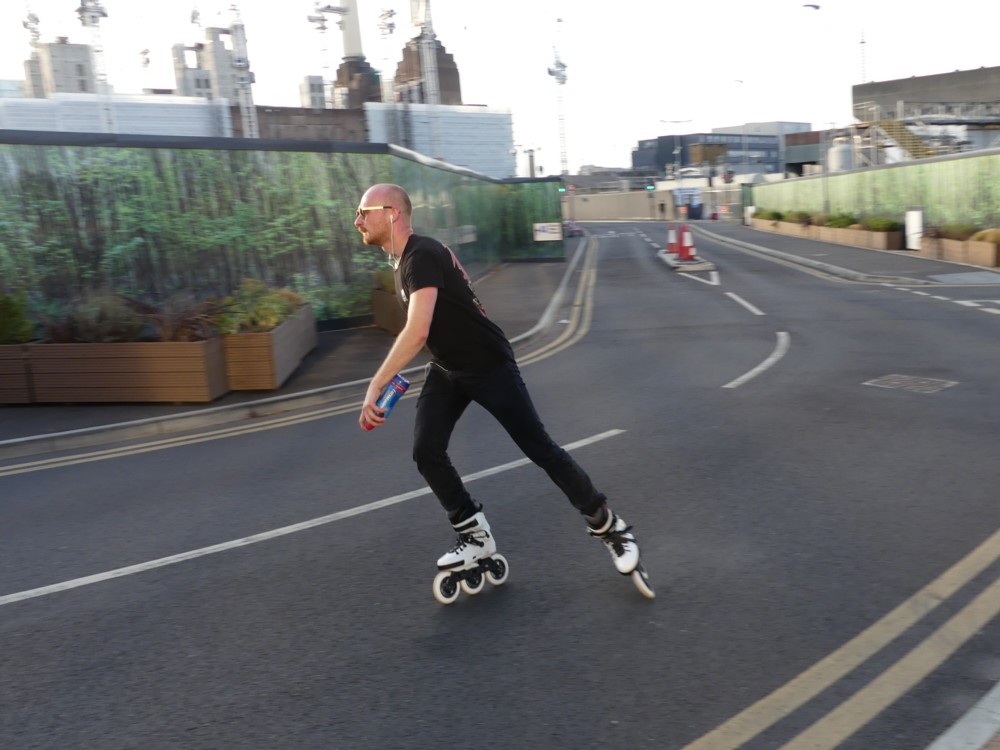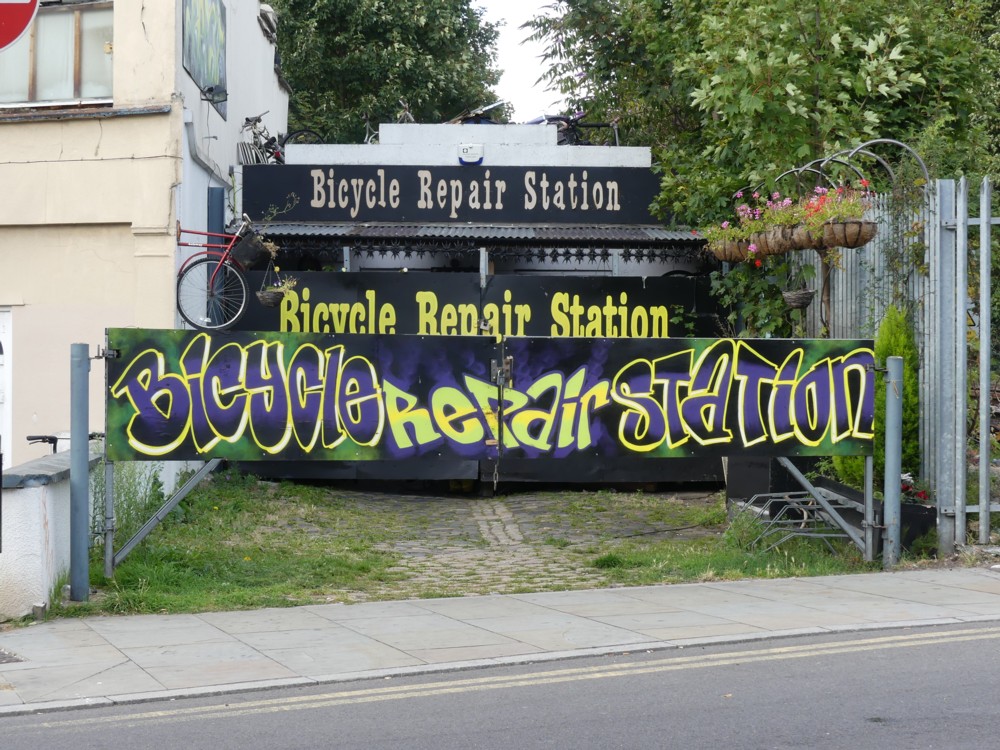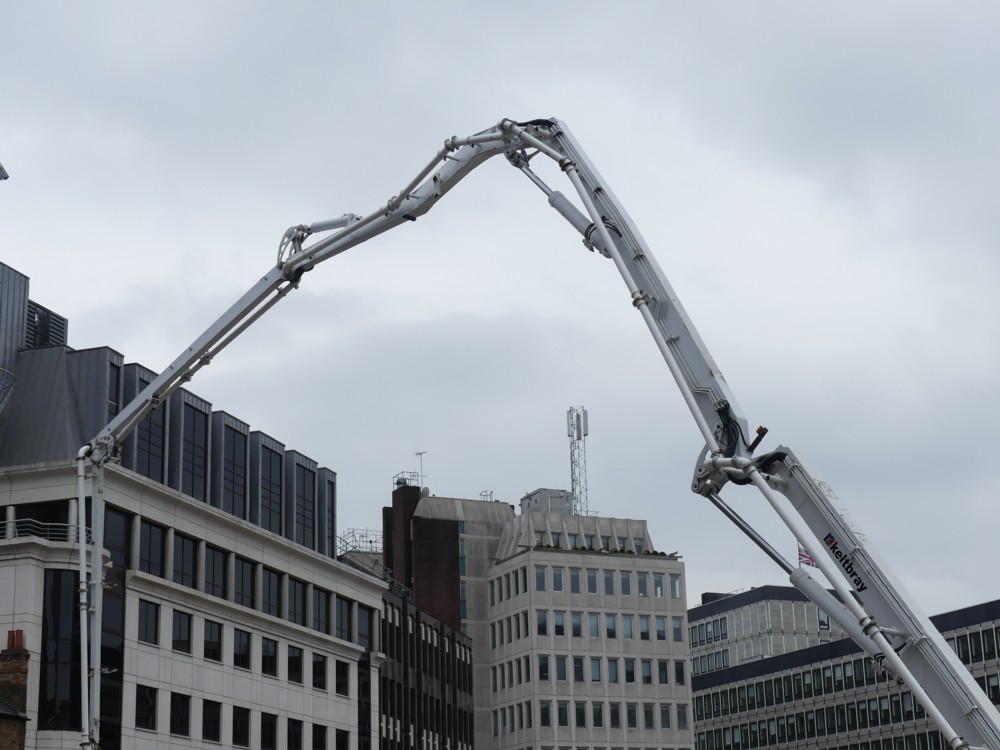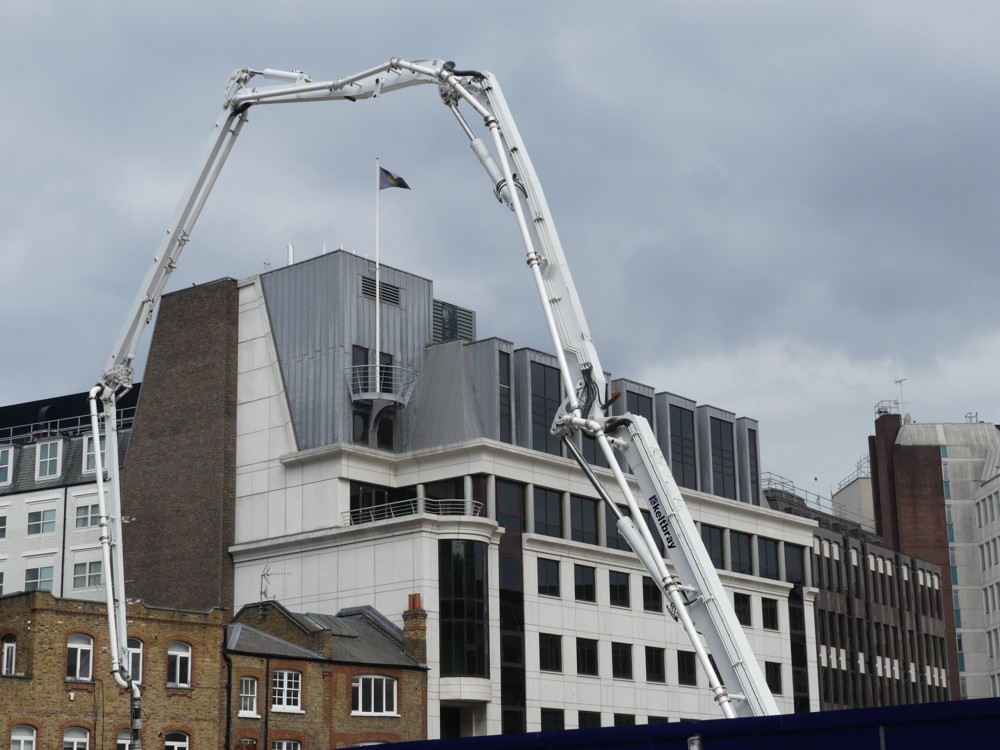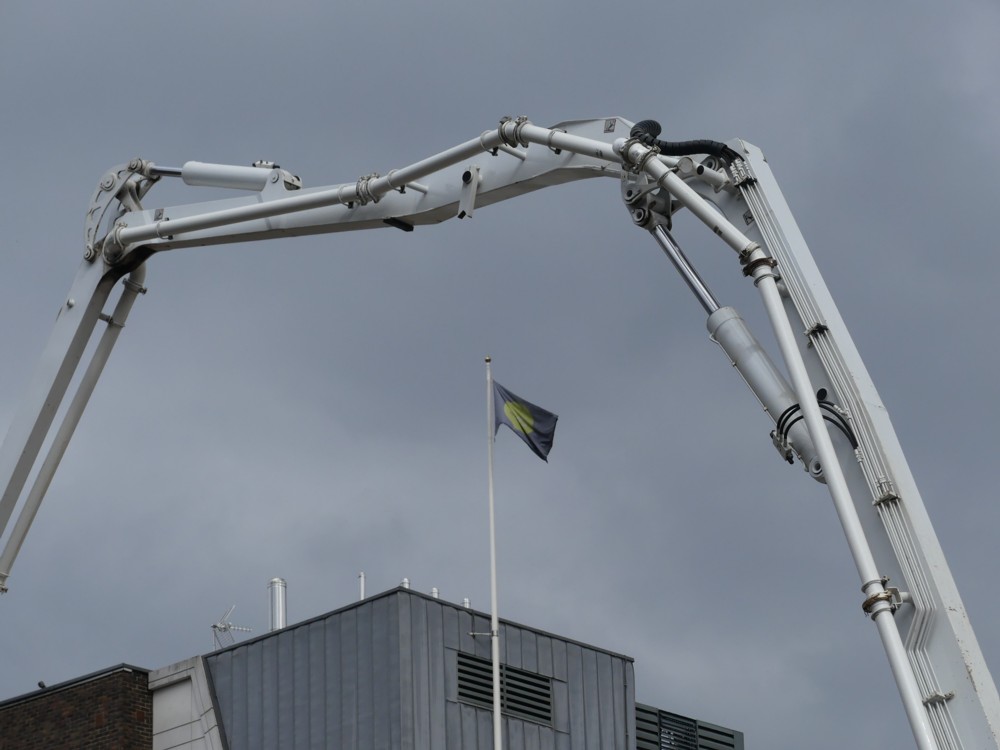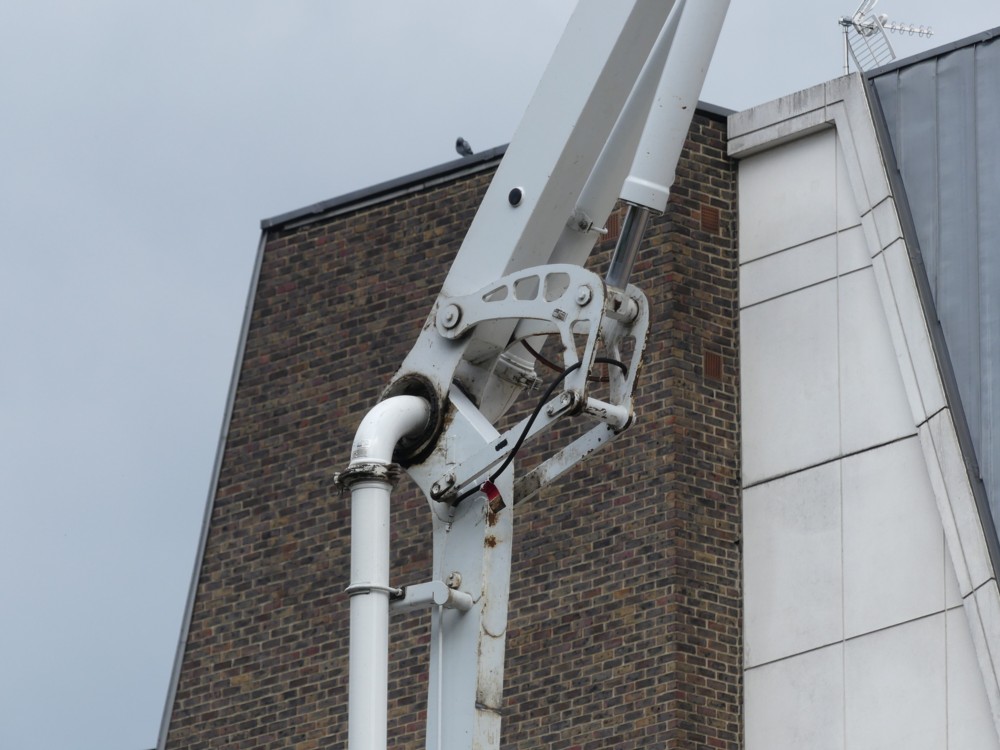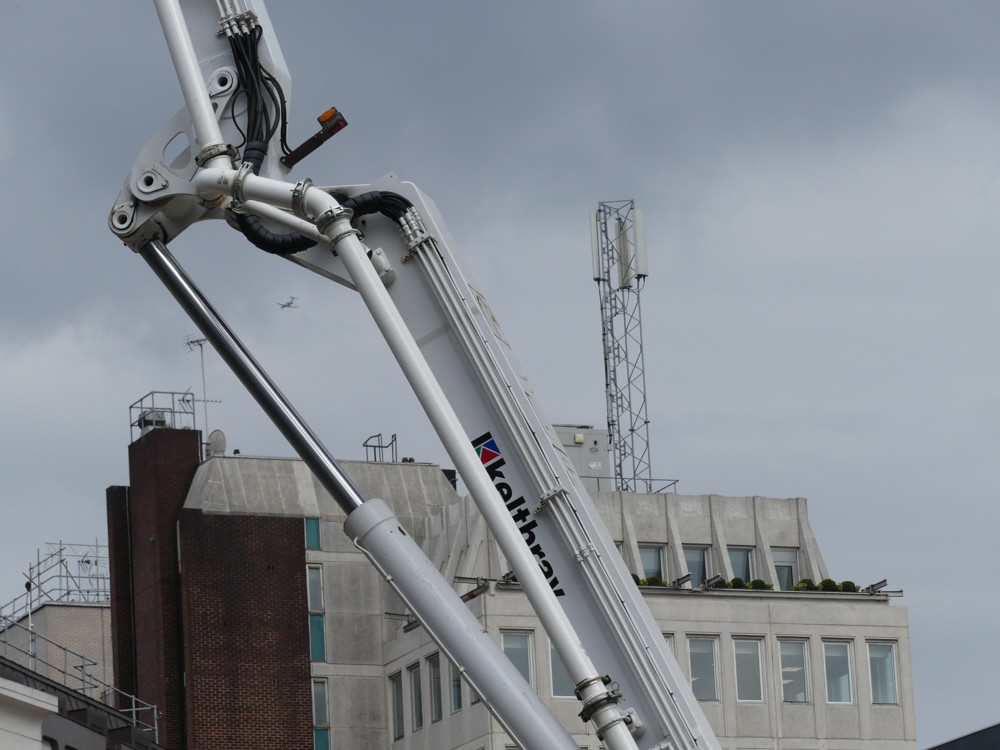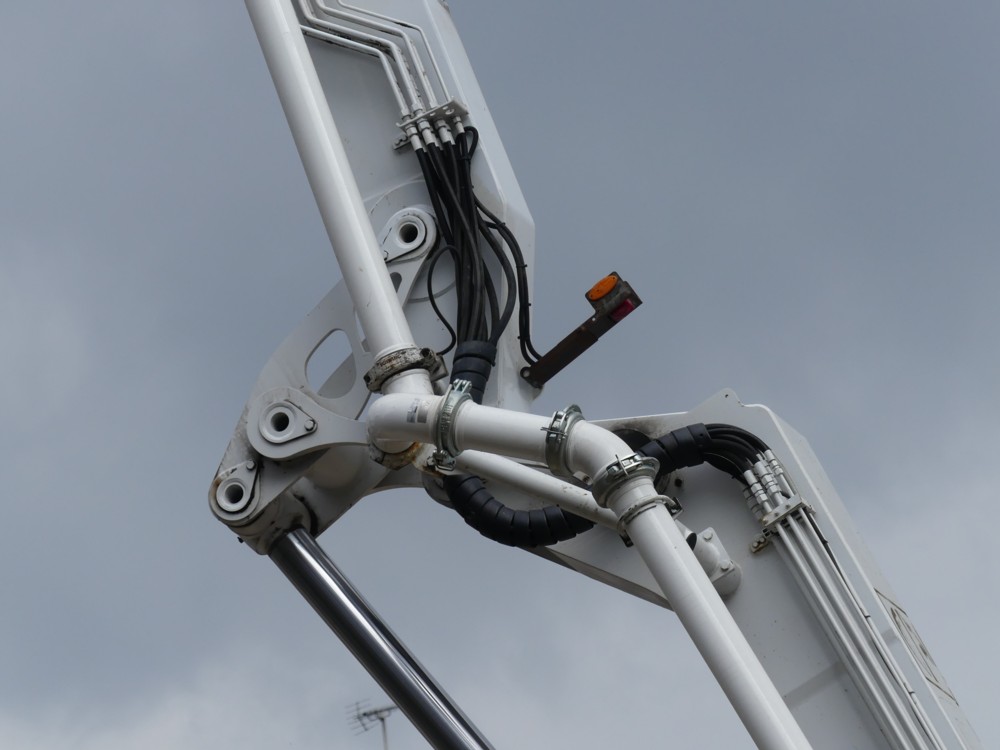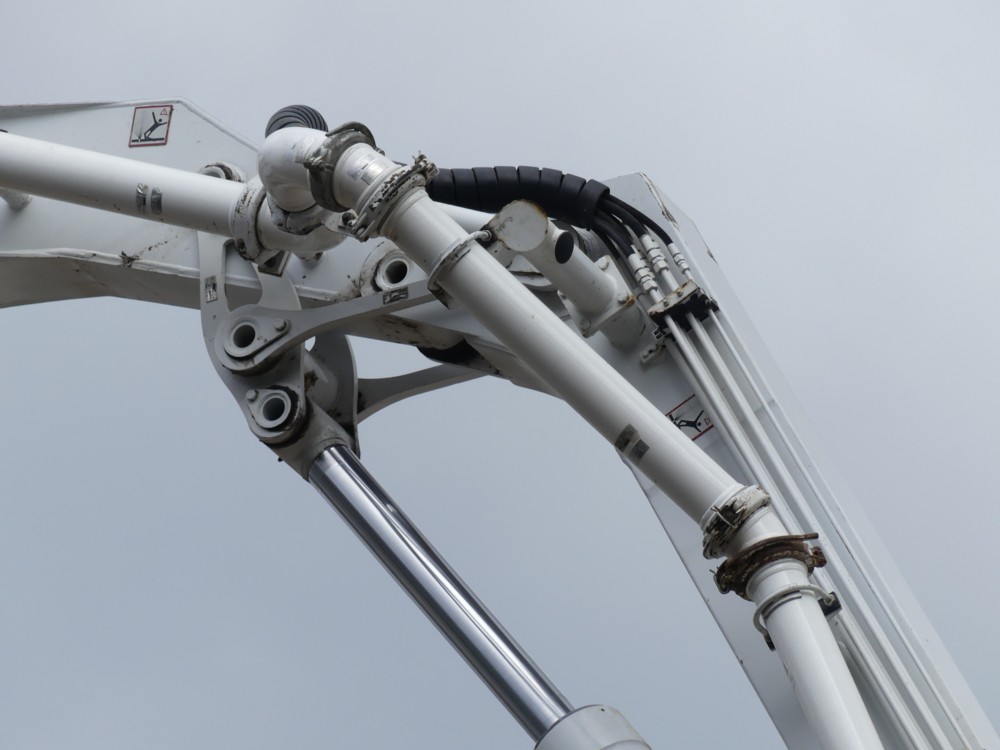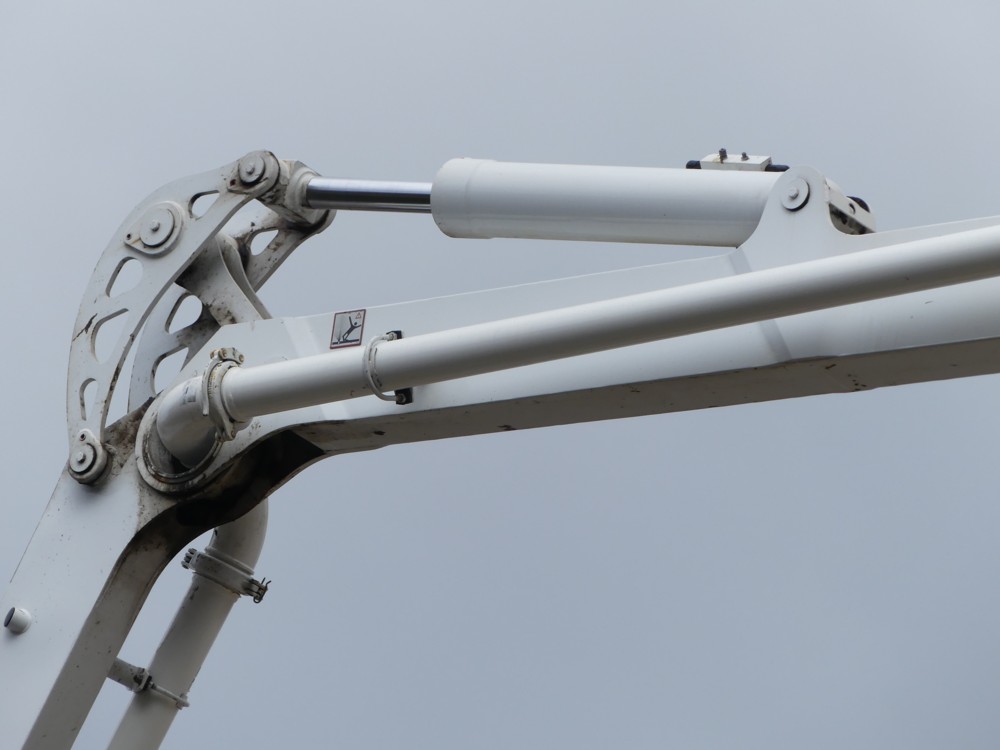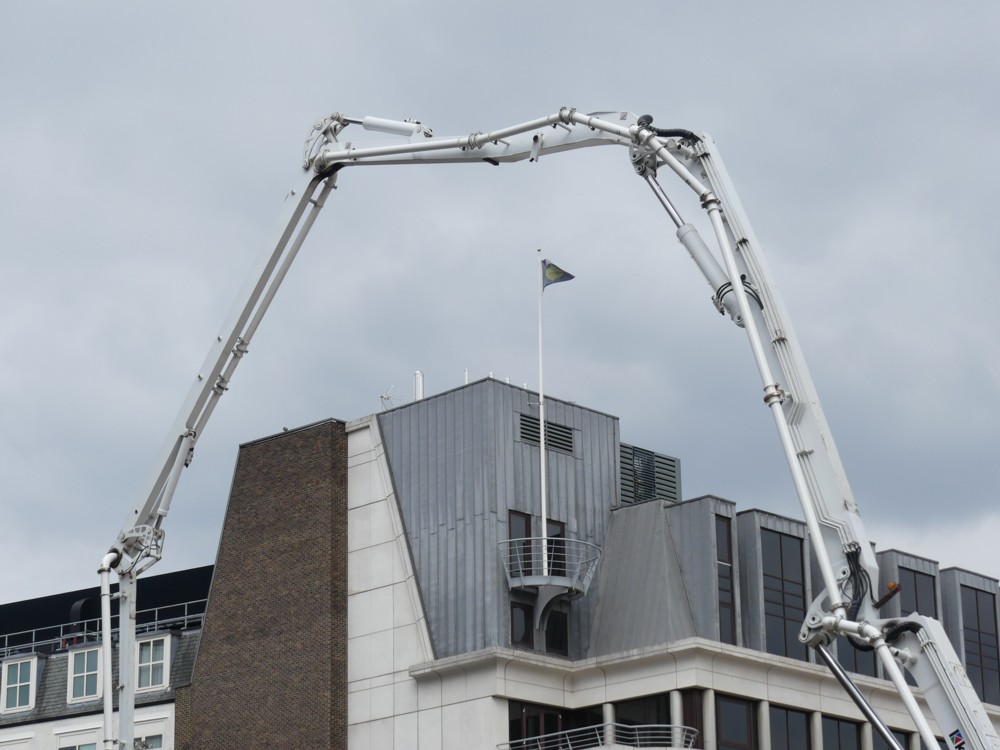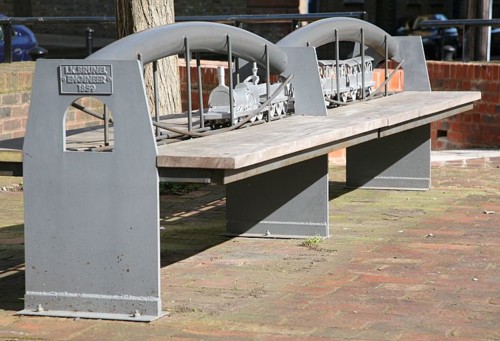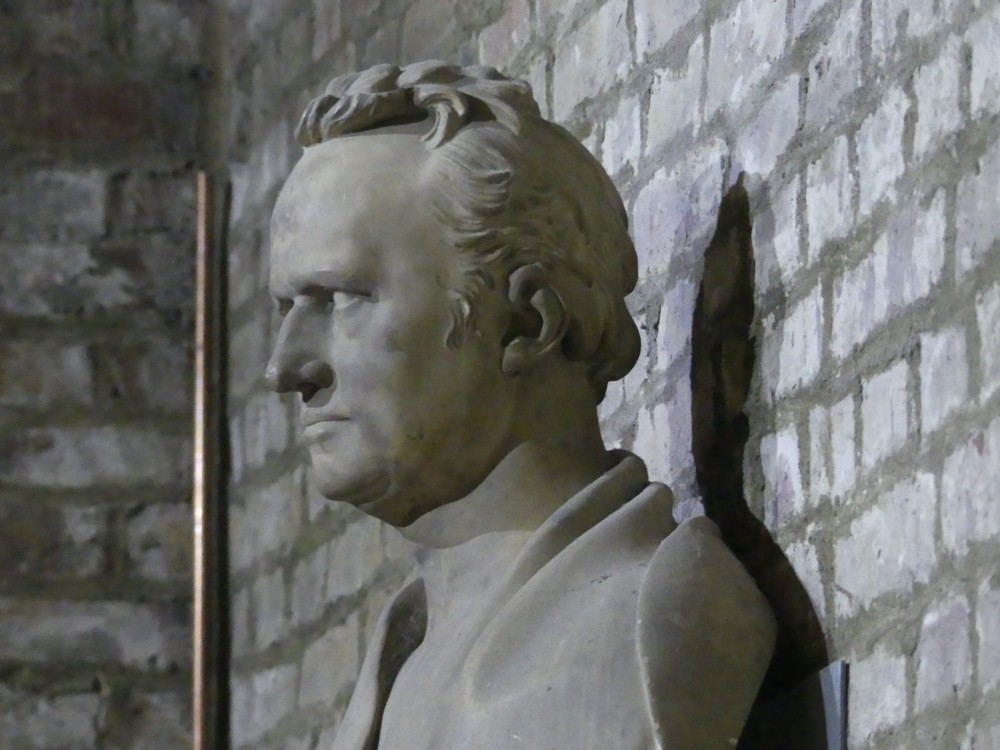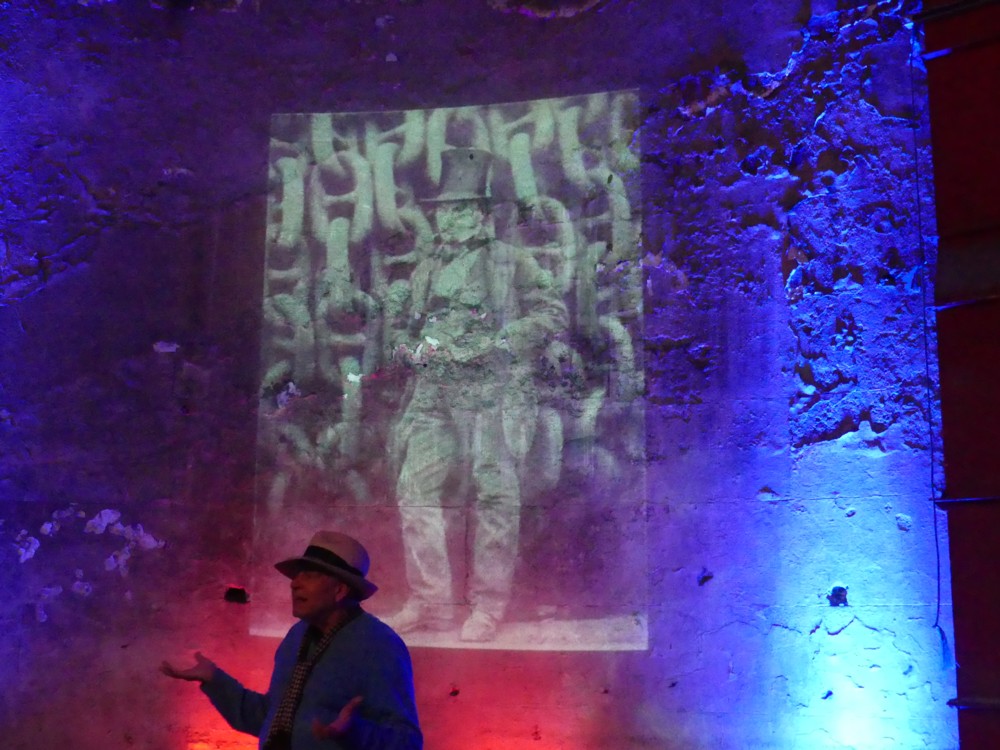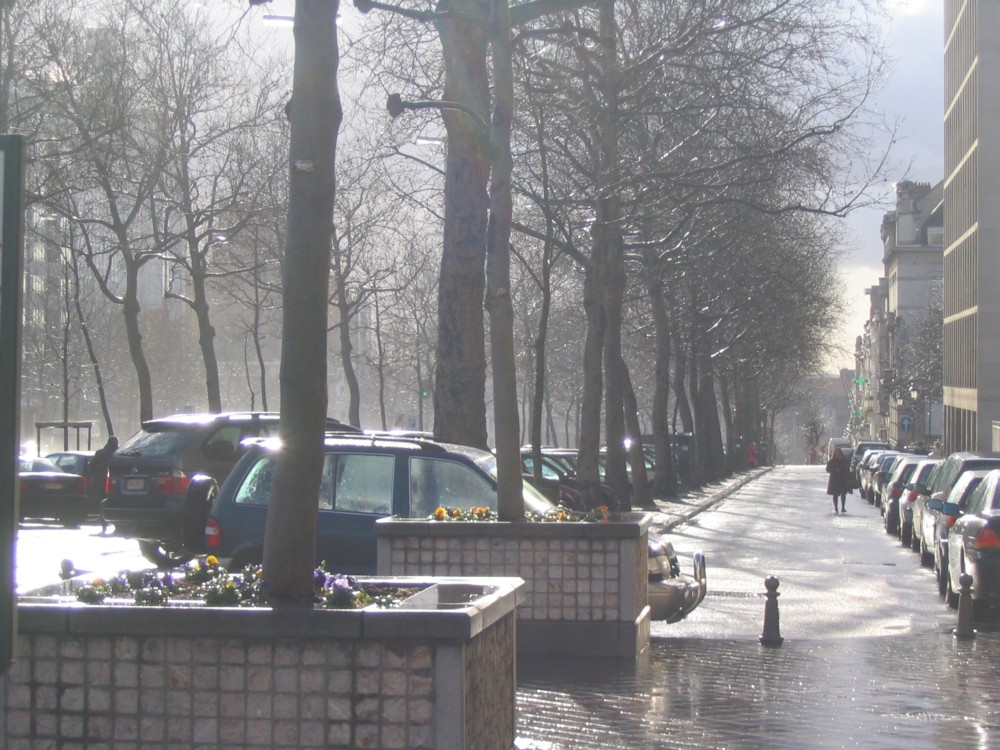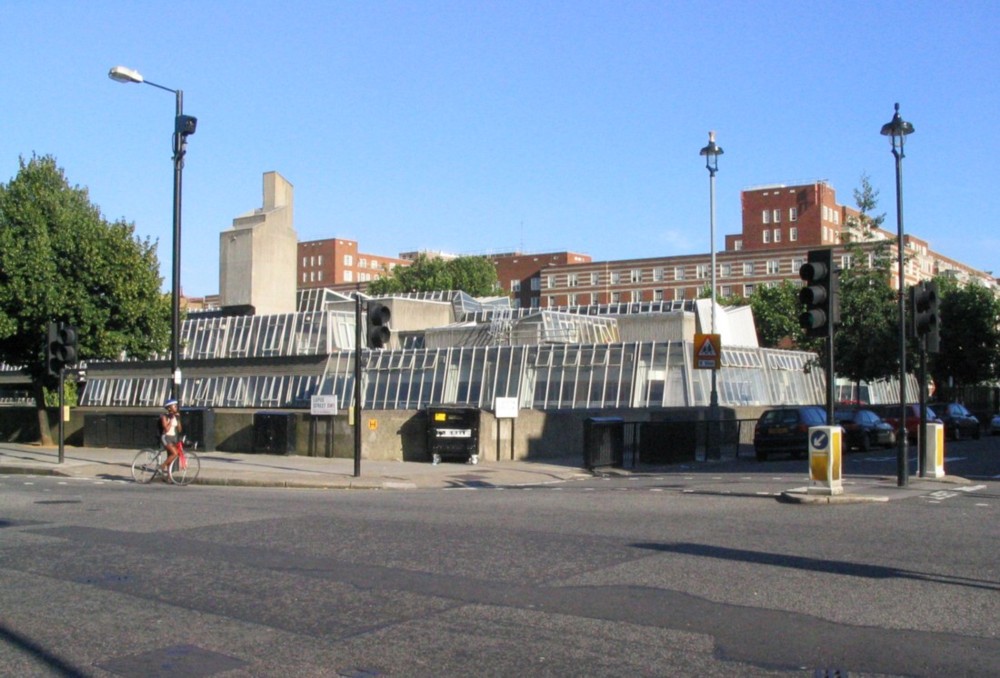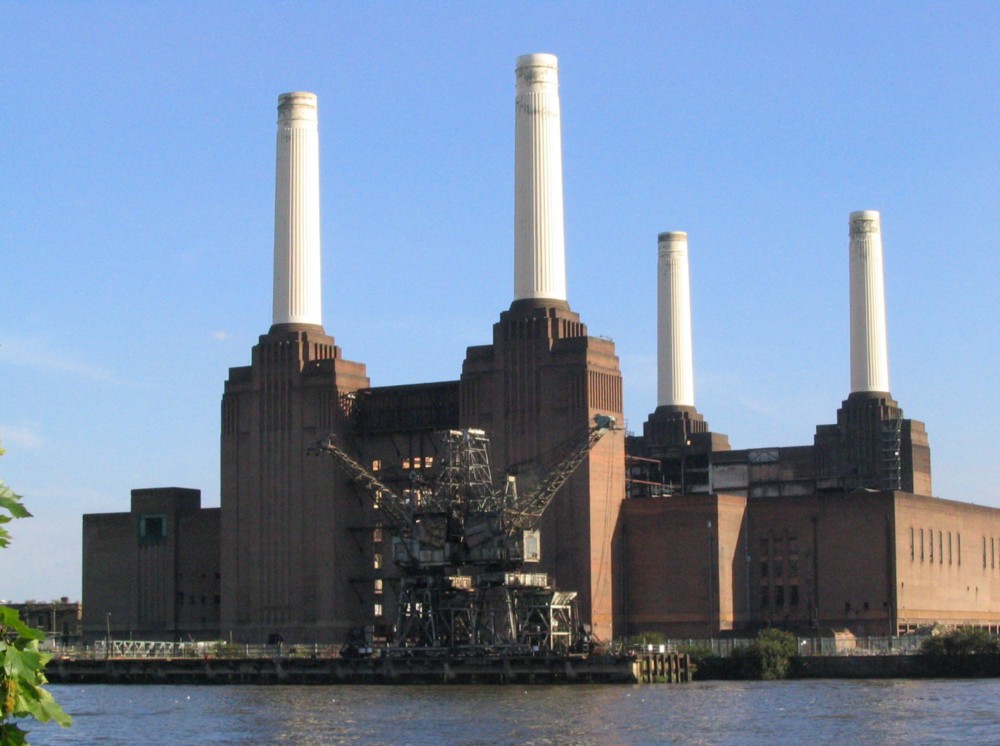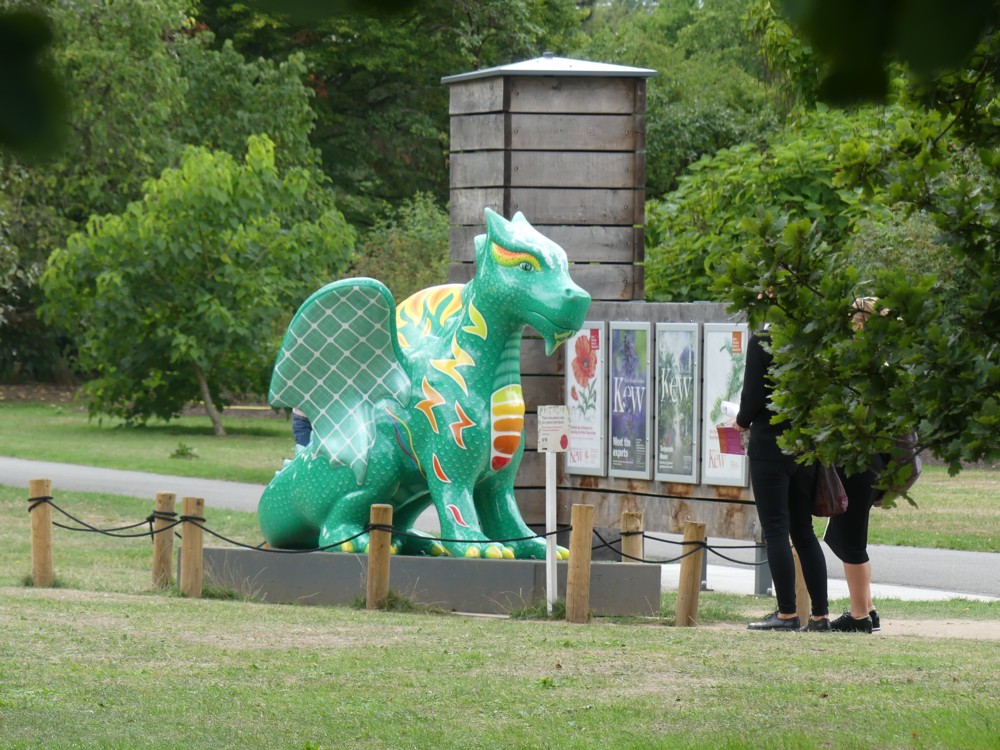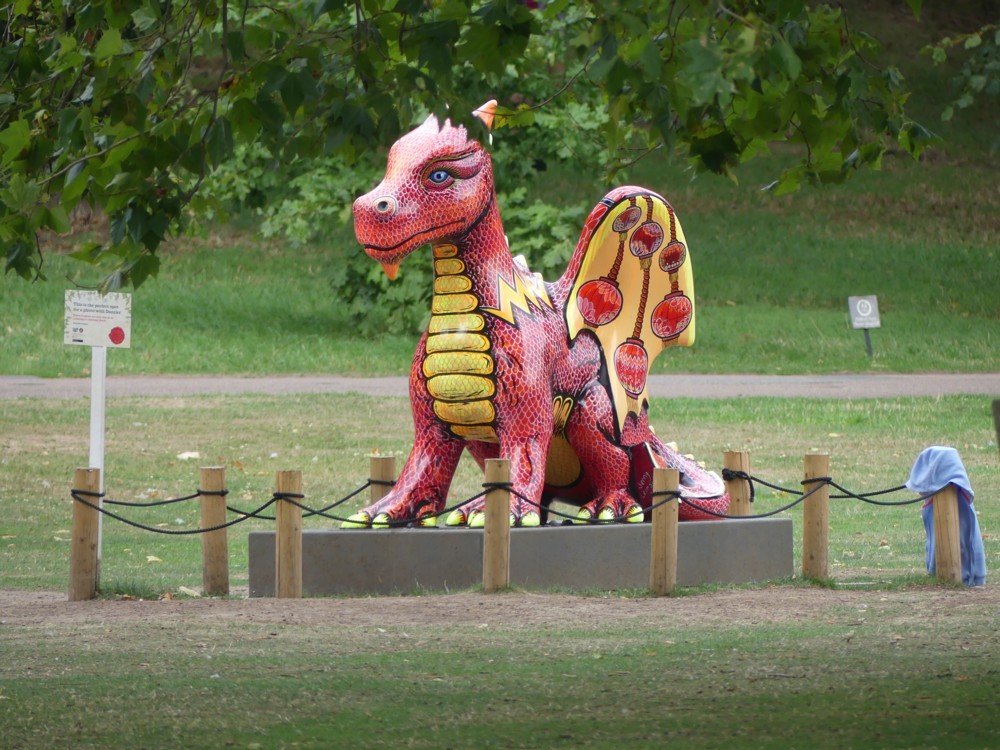Earlier in the week, on my way to St James’s Park tube, and again on my way back home from St James’s Park tube, I photoed what I described to Google as a “concrete pump”.
This concrete pump was helping to build a clutch of apartment blocks where the old New Scotland Yard used to be, before New Scotland Yard moved to a new New Scotland Yard, back where the original Scotland Yard used once to be.
I got enough images to suggest that a “concrete pump” is indeed what this extraordinary contraption is, but not enough to suggest that I had named the contraption correctly, using the preferred words of those who deploy it.
Nevertheless, enjoy. I did, especially the close-ups of the joints.
All this, just to be able to squirt concrete from a lorry into a hole. (I’m guessing, from the invisibility of building action behind all the solid fences, that his concrete was for the foundations. This being where concrete, as opposed to steel on its own, still seems to be essential.) And with a big long arm like that one, with all its joints, I’m guessing it can reach all sorts of complicated and out-of-the-way spots. (If you guess that I do a lot of guessing when I see something like this, then you guess right.)
There must be a reason why they don’t use a flexible tube, but have to make do with a rigid tube, but with the occasional rotating joint. So elaborate are those joints that they end up looking biological rather than merely mechanical. So, as with the previous posting, also about technology rather than biology, I have categorised this posting as, among other things, “other creatures”. (I’ve also added “sculpture” to the category list. Does regular sculpture come any better than this? Sometimes maybe, but not very often.)
The concrete itself must be a marvel of blending and general wonderfulness. Able to travel as a near-liquid along this elaborate pipe, under (guess) great pressure (another guess: that’s why the pipe has to be made of metal rather than of something bendier), but then able, at exactly the right time, to solidify in the deep cylindrical holes into which it is squirted. At which point it has to stay solid for ever. (Is something added, at the critical moment, to make it solidify?)
There is much that is very wrong with the world. This sort of stuff is what is very right with the world.

